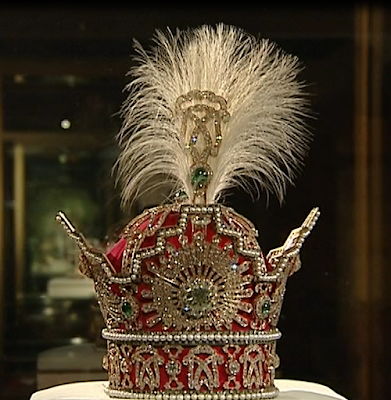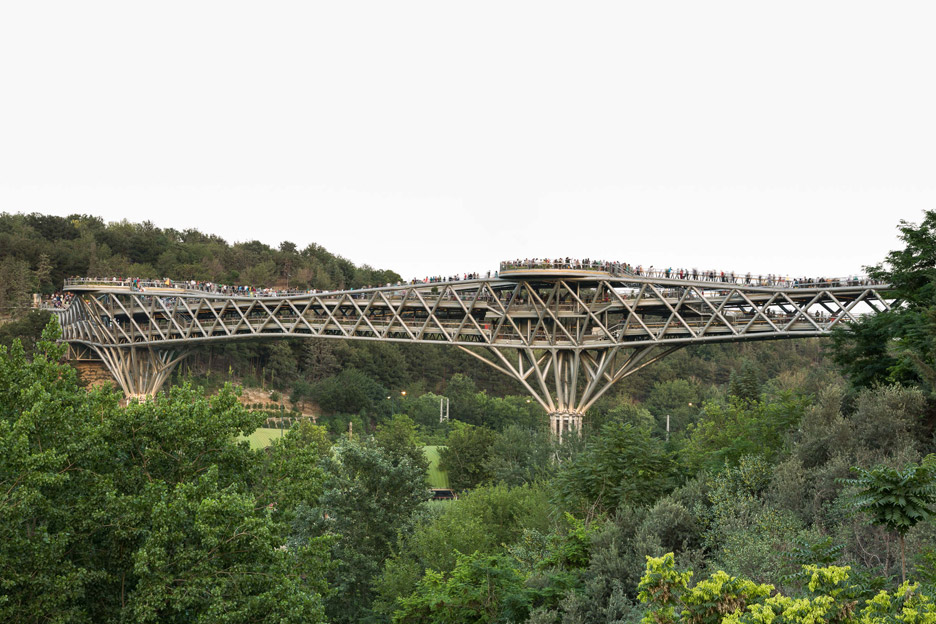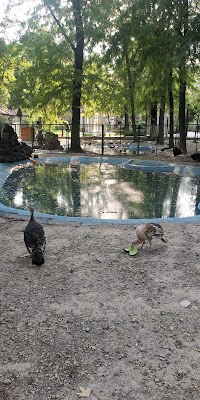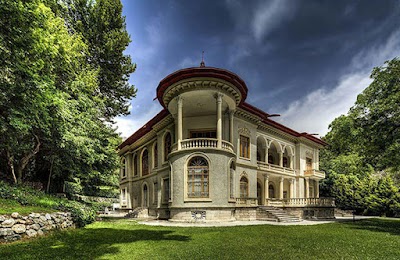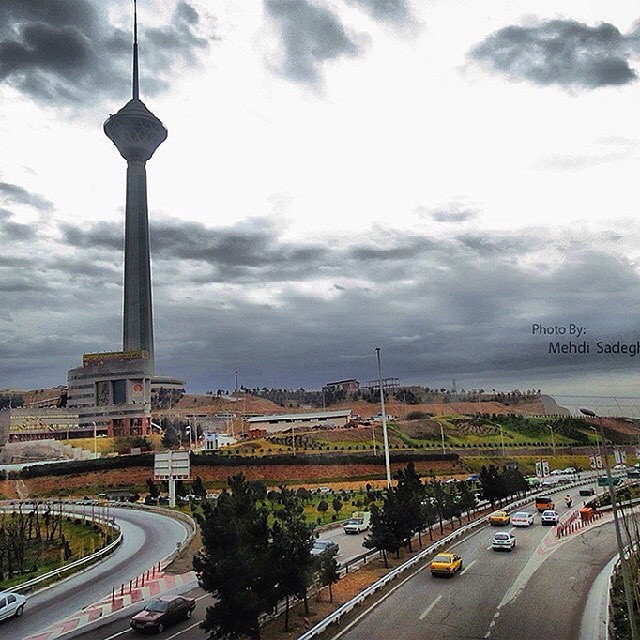Tehran's National Jewelry Museum (موزه جواهرات ملی ایران)
Related Places
Overview
Tehran's National Jewelry Museum, also known as the Treasury of National Jewels, is one of the most remarkable museums in the world, perfectly situated in the heart of Tehran, Iran. This captivating museum, housed within the Central Bank of Iran, is a veritable treasure trove of opulence and history. With an unparalleled collection of exquisite and historically significant jewelry pieces, it offers a fascinating glimpse into Iran's rich cultural heritage and storied past.
The origins of the National Jewelry Museum date back to the Safavid era in the 16th century, when Persian monarchs began to collect these dazzling jewels. Officially established in 1960, the museum operates under the auspices of the Central Bank of Iran to display and protect these invaluable treasures. The collection embodies centuries of Iranian craftsmanship and artistry, with each artifact telling its own remarkable story.
As you enter the museum, prepare to be enchanted by a dazzling array of gems, gold, and jeweled items that have adorned Iranian royalty for centuries. Among the most iconic pieces is the Darya-ye Noor, or Sea of Light, one of the largest uncut diamonds in the world, weighing an astounding 182 carats. This magnificent pink diamond, featuring a serene hue and impressive size, is believed to have once been part of the legendary Koh-i-Noor diamond.
Another highlight is the Naderi Throne, also known as the Peacock Throne, a symbol of Persian royalty. Lavishly adorned with countless emeralds, rubies, and sapphires, this throne exemplifies the splendor of the Persian Empire. The craftsmanship is unparalleled, with each inch of the throne narrating a story of power and luxury.
One of the most intriguing aspects of the museum is the Globe of Jewels, a stunning globe crafted during the Qajar era. It features an array of precious stones representing the countries and continents of the world, with Iran highlighted in brilliant diamonds. This globe not only reflects geographical knowledge from its time but also showcases the exquisite attention to detail and opulence that defines Persian art.
The exhibition also boasts an impressive assortment of crowns and tiaras worn by Iranian royalty throughout history. The Pahlavi Crown, worn by Reza Shah Pahlavi and his son Mohammad Reza Pahlavi during their coronations, is particularly striking. Encrusted with thousands of diamonds, pearls, emeralds, and sapphires, this crown is a masterpiece of 20th-century jewelry craftsmanship.
Beyond the individual pieces, the collection as a whole provides valuable insights into the history and evolution of Persian art and culture. The stunning array of jewelry reflects various periods of Iran's rich history—from the ancient Persian Empire to later influences from European and Indian aesthetics. Visitors can trace the development of techniques and styles, observing how they merged and evolved over time.
While the collection itself is breathtaking, the security measures in place are equally impressive, underscoring the immense value and significance of the items on display. The museum houses its treasures in an underground vault, contributing to the air of mystery and reverence that surrounds the exhibits. Each piece is meticulously cared for, ensuring that future generations can continue to marvel at its beauty.
Visiting the National Jewelry Museum is more than just an opportunity to view exquisite gems and regal artifacts; it’s a journey through Iranian history and culture. The museum's unparalleled collection offers a unique narrative of the nation’s past, conveyed through the language of opulence and artistry. For foreign tourists, it represents a rare chance to witness firsthand the grandeur and sophistication of Persian heritage.
In practical terms, it’s important to note that the museum has specific visiting hours and may restrict entry based on capacity. It's advisable to check in advance and plan your visit accordingly. Guided tours are available, providing valuable context and stories behind each dazzling piece. Please remember that photography inside the museum is strictly prohibited to ensure the security and preservation of these precious items.
In conclusion, the National Jewelry Museum in Tehran offers a scintillating journey into the heart of Persian luxury and history. It stands as a testament to the enduring legacy of Iranian artistry and the timeless appeal of its cultural treasures. For anyone visiting Tehran, this museum is an unmissable highlight, presenting a once-in-a-lifetime opportunity to stand in awe of some of the most magnificent jewels ever created.


